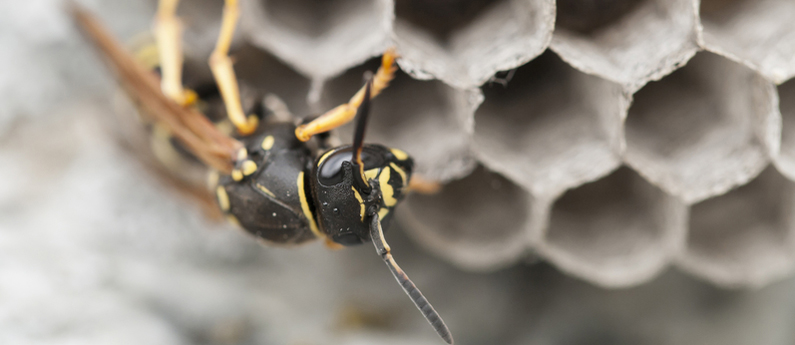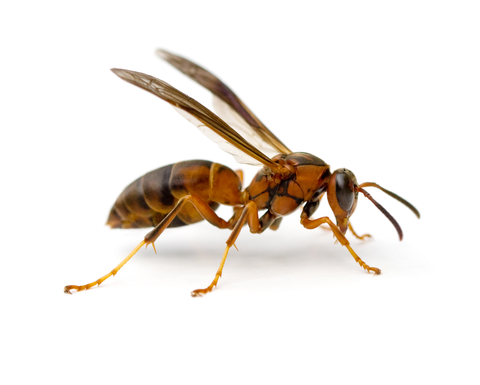 The onset of warmer temperatures in March can bring an unwelcome invader: The paper wasp queen, searching for a spot to settle and start her colony for the summer.
The onset of warmer temperatures in March can bring an unwelcome invader: The paper wasp queen, searching for a spot to settle and start her colony for the summer.
Each paper wasp colony from last year can produce several queens that will each create their own nest this year.
Paper wasp queens spend winter hibernating in sheltered places and crevices, indoors or out. The queens of this species are the first to emerge in springtime (before hornets and yellowjackets), usually when daytime temperatures reach 50 degrees Fahrenheit.
Once the queen emerges, her first order of business is to start a nest to house the colony she will establish. Unlike Chip and Joanna Gaines, a “fixer-upper” will not entice her, so she will not return to an old nest. Only new construction will do!
The paper wasp queen uses her mouthparts to scrape pieces of raw wood fiber from fences, trees, plant stems and logs. In a pinch, she can also use cardboard or construction paper.
She then chews the wood fiber, breaking it down with the saliva in her mouth and forming a paper pulp. Once she chooses a location for her nest, she uses the pulp to begin construction.
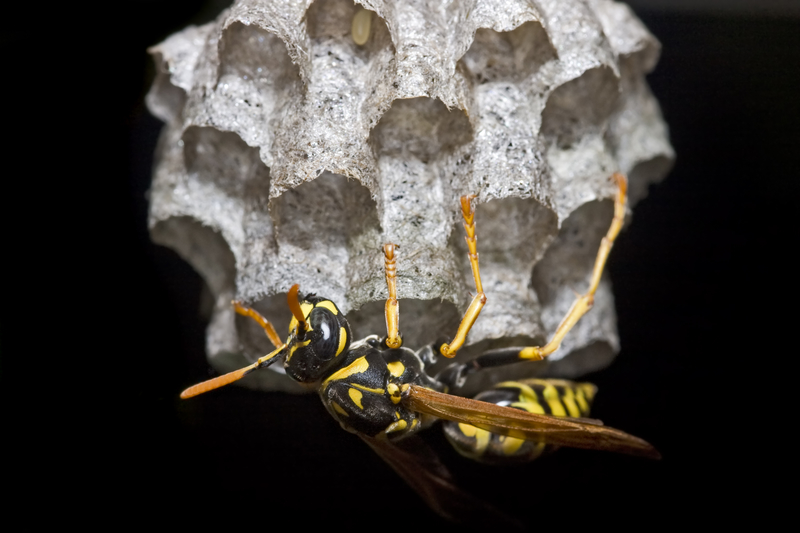 Paper wasp build nests that look like open honeycombs or upside-down umbrellas suspended from an eave or ceiling, with each open cell housing the larva of one wasp.
Paper wasp build nests that look like open honeycombs or upside-down umbrellas suspended from an eave or ceiling, with each open cell housing the larva of one wasp.
But these paper wasp nests can also appear in the most unusual places:
- Under lawn furniture
- Inside a mailbox
- Inside an electrical box
- Underneath a grill cover
Wasps are territorial and will defend their nests by attacking and stinging. Because their stings are quite painful and can produce a potentially fatal anaphylactic reaction in some individuals, nests built around human activity areas may present an unacceptable hazard.
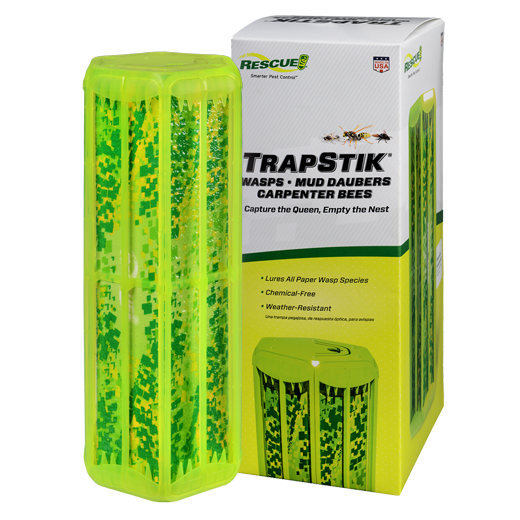 To effectively eliminate paper wasps before they build nests, you can use the TrapStik® for Wasps to catch the queens in early spring.
To effectively eliminate paper wasps before they build nests, you can use the TrapStik® for Wasps to catch the queens in early spring.
Place the TrapStik® where you normally might see signs of wasp activity -- such as under the eaves of a house, garage or shed.
With the additional bird guards, the TrapStik® has increased protection for wildlife, but it's still a good idea to avoid hanging it where birds congregate or other wildlife activity takes place.
You can find the TrapStik® in Home Depot, Lowe's, ACE Hardware, True Value Hardware and Do-it Best Hardware; select Walmart store locations in the Western U.S.; and many other lawn & garden retailers. Follow this link to find a retailer near you.
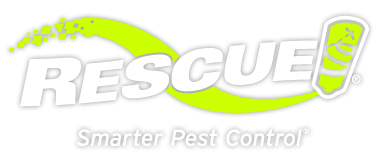

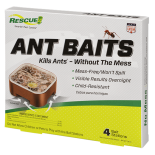 Ant Baits
Ant Baits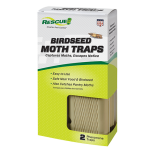 Birdseed Moth Trap
Birdseed Moth Trap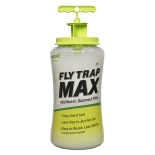 Fly Trap Max
Fly Trap Max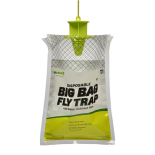 Fly Trap, Big Bag
Fly Trap, Big Bag 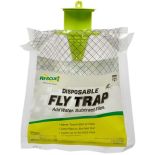 Fly Trap, Disposable
Fly Trap, Disposable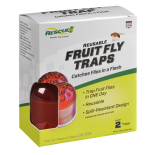 Fly Trap, Fruit Fly
Fly Trap, Fruit Fly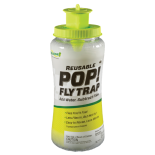 Fly Trap, POP! Fly
Fly Trap, POP! Fly 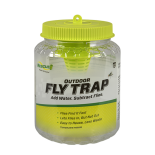 Fly Trap, Reusable
Fly Trap, Reusable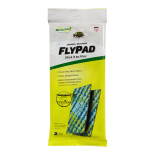 FlyPad
FlyPad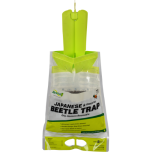 Japanese & Oriental Beetle Trap
Japanese & Oriental Beetle Trap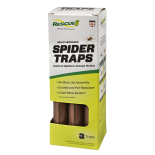 Spider Trap
Spider Trap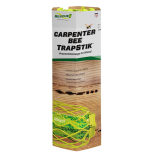 TrapStik, Carpenter Bee
TrapStik, Carpenter Bee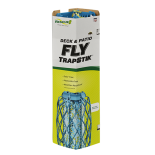 TrapStik, Deck & Patio Fly
TrapStik, Deck & Patio Fly 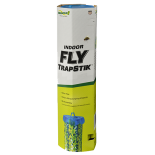 TrapStik, Indoor Fly
TrapStik, Indoor Fly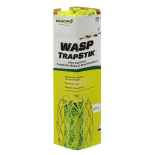 TrapStik, Wasp
TrapStik, Wasp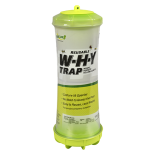 W·H·Y Trap for Wasps, Hornets & Yellowjackets
W·H·Y Trap for Wasps, Hornets & Yellowjackets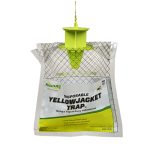 Yellowjacket Trap, Disposable
Yellowjacket Trap, Disposable 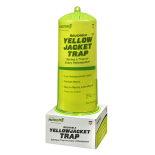 Yellowjacket Trap, Reusable
Yellowjacket Trap, Reusable 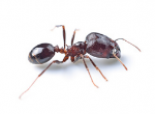 Ants
Ants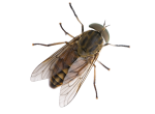 Biting Flies
Biting Flies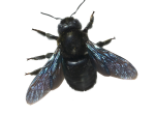 Carpenter Bees
Carpenter Bees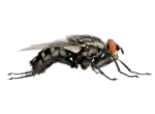 Flies
Flies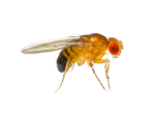 Fruit Flies
Fruit Flies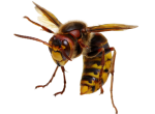 Hornets
Hornets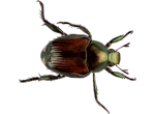 Japanese Beetles
Japanese Beetles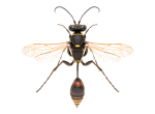 Mud Daubers
Mud Daubers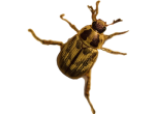 Oriental Beetles
Oriental Beetles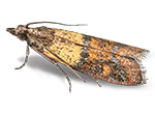 Birdseed & Pantry Moths
Birdseed & Pantry Moths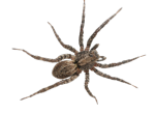 Spiders
Spiders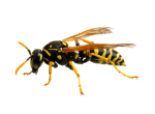 Wasps
Wasps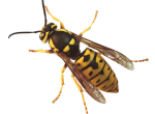 Yellowjackets
Yellowjackets